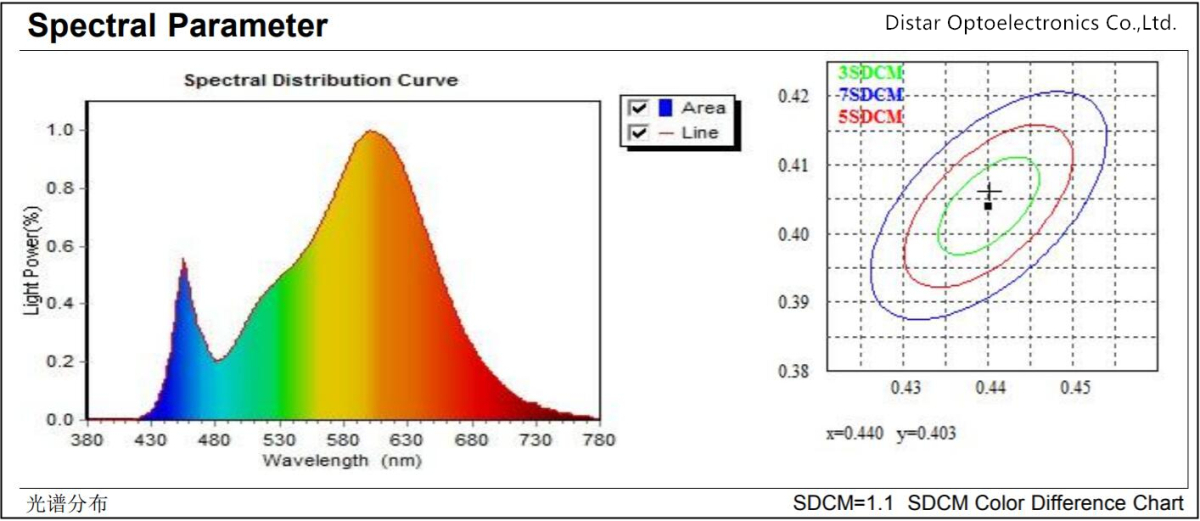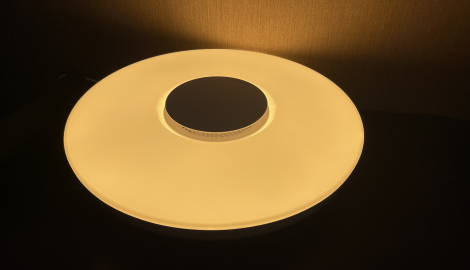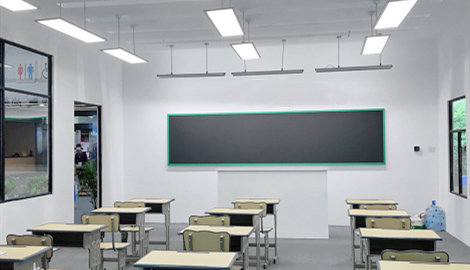
With the popularization of LEDs, the luminous efficiency of the whole lamp has generally reached 100lm/W, the cost performance has gradually increased, and the penetration rate has also accelerated. With the improvement of consumption levels, the improvement of light quality has become the biggest topic in the market.
Color rendering index, color temperature, and luminous efficiency do have a trade-off relationship in LEDs, but in addition to color rendering index and color temperature, light quality is also very important in terms of color consistency, stability, and color drift. , And these are often not particularly related to the luminous efficiency.
On the other hand, the light effect without light quality assurance is actually meaningless. There is nothing wrong with pursuing light effects, but if there is no light quality guarantee, it will lose its meaning. Therefore, when talking about light efficiency, we must consider the color rendering index, color tolerance, color consistency and stability and other factors that reflect light quality.
The change from luminous efficiency to light quality is an inevitable trend in the development of the industry. "Future product competition will undoubtedly evolve from the previous low-level requirements for light efficiency to high-level requirements for healthy light quality. Light efficiency only represents the quantity of light, while light quality can guarantee light health and quality.

European and American markets: The improvement of luminous efficiency can simplify the design of lighting products, but the improvement of product color rendering is to bring the light color of lighting products closer to sunlight, which has achieved the effect of replacing halogen lamp products.
Japanese market: The improvement of luminous efficiency can make lighting products more energy-saving, which is very important in the environment of high electricity prices in Japan. At the same time, first-line lighting manufacturers are more optimistic about the light environment and energy-saving effects created by smart lighting combined with people and the environment.
While continuously improving the luminous efficiency, Distar also pays more attention to the quality of light. Distar's LED products have a color rendering index of 97, which perfectly restores the visual experience of objects in the sun and reduces eye fatigue. In addition, the SDCM of distar lamps is less than 4, the color temperature tolerance range is ± 150K, the color difference is small, the light is more uniform and soft, creating a more comfortable lighting environment for users






